OWB (outside-the-waistband) holsters maintain a land gun holder preference based on the weight of comfort, simple access, and retention. OWB holsters are versatile for the gun user to be at the range, working, or in self-defence mode. An OWB holster rides outside of the belt instead of an IWB holster that stays inside the belt, which only aids in speeding up the draw process while adding to discomfort from compression. OWB designs have undergone a metamorphosis; they have stepped beyond open carry and can even be used well for concealed carry. Now, a person-in-the-know needs to understand the various types of OWB holsters so the right one can be chosen to fit their ambience and gun configuration.
A Quick History
During the 1800s, the ancient gun carriers used the leather saddle holster while mounted on horseback. However, with time, it was developed into hip holsters that were common with the cowboys and law enforcement officers of the Old West. Today, they have evolved considerably by introducing modern materials like Kydex and hybrids. While the main function remains honest to secure carrying of your pistol, modern styles and varied types of OWB holsters allow them to be expertly geared toward tactical, concealed, and everyday civilian needs, in both form and function.
Main Types of OWB Holsters
1. Standard Belt Loop (Pancake) Holsters
The pancake holster comes under the most Frosted OWB holsters. This pan-shaped style has two broad, flat panels designed to slide onto the belt so they can essentially "hug" the body. Finely crafted, usually from cowhide or Kydex, paddle holsters offer excellent stability and retention. Their contoured shape would be ideal for concealed carry with the proper attire. This type of holster tends to sit high and close to the body, so that printing is lessened and allows for a fast, consistent draw.
Pros:
- Great for concealment under jackets and loose-fitted shirts
- Good retention with almost no shifting
- Fits belt dimensions and belt positioning
- Extremely durable with proper care
Cons:
- Must remove the belt to put it on or carry it
- One can get uncomfortable sitting for quite some time
- More bulky than the minimalistic ones
2. Paddle Holsters
These consist of a broad, curved paddle that slides into the waistband while the holster itself remains outside. This means you don't have to undo your belt, and putting the holster on or taking it off is very quick. Great for temporary or on-the-go carry, they are rather popular among plainclothes agents. While not as secure as belt loop-style holsters, they enjoy popularity as casual and comfortable carry solutions.
Pros:
- Can be attached or removed without the removal of the belt
- Includes comfort in short-term or casual uses
- Perfect for concealed carry within a vehicle or in cases that call for quick draw
- Allow adjustments in the cant angle
Cons:
- Not as solid as a belt-loop type design
- They can move or tilt during energy consumption
- They are bulky for light clothing, thus challenging to conceal
3. Retention Holsters (Level 2–4)
Retention holsters employ one or more mechanisms to secure the firearm actively. These can be thumb breaks, push-button locks, rotating hoods, or another system of safety. Retention levels span from Level 1 (passive friction) to Level 4 (multiple layers of active retention). They are utilised in the police service, military, and high-threat environments where gun grabs are an issue.
Pros:
- Better retention and security of the firearm
- Prevents accidental or unauthorised access by another person
- Used often in situations where safety is paramount
- Most allow for quick draws after a training period
Cons:
- They are bigger and heavier than other types
- This requires continuous practice to be effective and quick at sketching
- It is too large and cumbersome for casual or civilian carry purposes
4. Belt-Slide Holsters
Belt-slide holsters remain minimalistic and low profile, designed to slide directly onto one's belt via horizontal loops or slots. Contrarily, they provide an open-muzzle-type design and tight/as-close-to-the-body fit for the concealment enthusiast who requires slim options for OWB carry.
Pros:
- Super light, comfortable to wear
- Almost no printing, good for concealed carry
- Simple design that is easy to use, easy to maintain
- Good firearm compatibility
Cons:
- Few retention-type features
- Little to protect the trigger and muzzle
- Does not offer much in the way of adjustability for ride height or cant
5. Light-Bearing Holsters
These holsters accommodate firearms equipped with tactical flashlights or lasers. Typically constructed from Kydex, they are molded to fit the exact contours of firearm-and-accessory combinations. They are excellent OWB holsters that allow light-bearing firearms to be used at night or tactically and are gaining popularity with home defenders and professionals alike.
Pros:
- Supports modern tactical setups with lights/lasers
- Maintains retention even with accessories attached
- Good choice for home defence, law enforcement, or night carry
- Generally compatible with suppressor-height sights and optics
Cons:
- Bulkier due to the additional room for the accessory
- May have less concealability with light-colored clothing
- Fewer choices of models than for standard holsters
6. Hybrid (Kydex + Leather/Nylon)
Hybrid OWB holsters combine the resilience of Kydex with the comfort of a backing material such as leather or ballistic nylon. The Kydex shell holds the firearm securely, while the leather or nylon backing rests comfortably against the user's body. These holsters rate high for extended wear and are used where a compromise has to be made between function and comfort.
Pros:
- The soft backing reduces irritation during long wear
- The solid Kydex shell ensures that the firearm is secured and easily accessible
- Often comes with adjustable ride height and cant
- Fit for both open and concealed carry
Cons:
- Bulkier than the all-Kydex models
- More expensive as a result of having two materials
- May need a break-in period for best comfort
7. Modular / Convertible Systems
Modular OWB holsters are extremely customizable and enable the wearer to switch between several configurations—e.g., OWB to IWB, paddle to belt loop, or even MOLLE attachments for tactical applications. These systems are ideal for those who want a single holster for many carry jobs.
Pros:
- Extremely versatile for multiple carry types
- Can be customized for duty, concealed, or tactical purposes
- Saves money and space by being multi-functional
- Often features adjustable retention and ride height
Cons:
- A gradual learning curve to set up and configure
- Could be thicker than dedicated single-style holsters
- Some parts may wear more quickly with frequent on-off changes
Selecting Your OWB Holster
- Every day concealment:Select pancake or belt-slide holsters for the least printing.
- Quick on/off use:Paddle holsters provide convenient wear and easy take-off.
- Maximum security:Retention holsters secure firearm safety in public scenarios.
- Long wear comfort:Hybrid holsters offer padding for long daily wear.
- Accessory-ready guns:Utilize light-carrying holsters for flashlights or laser addons.
- Multiple carry styles:Modular designs permit setting up to suit any carry requirement.
- Need adjustability: Seek holsters with adjustable cant and ride height.
- Match to clothing/body type: Thin holsters are suitable for carrying under tighter clothes.
Care and Safety Tips
- Clean regularly: Remove dust and debris to preserve holster functionality.
- Wearing check: Examine screws, stitching, and shell for damage marks.
- Drawing practice: Train regularly for safe and effective weapon deployment.
- Trigger cover: Prevent accidental discharge by covering the trigger area.
- Gun belt: Support holster weight and avoid shifting.
- Retention tension adjustment: Balance between firearm security and smooth draw capability.
- Stay away from heat and moisture:Shield holster from warping or material disintegration.
- Safe storage: Place the holster in a dry area, safe from the risk of damage.
Final Thoughts
Whether you're a civilian, tactical operator, or weekend range user, choosing the proper OWB holster can make a big difference in comfort, safety, and confidence. Since there are so many types of OWB holsters out there—each of them being specific for various applications and tastes—you can quickly find one that suits you. From the classic pancake to hybrid and modular configurations, holsters now have features that make trade-offs between speed, security, and fashion. The secret is knowing your everyday routine, gun configuration, and manner of carry. Don't forget comfort and train diligently for optimum performance in the real world.

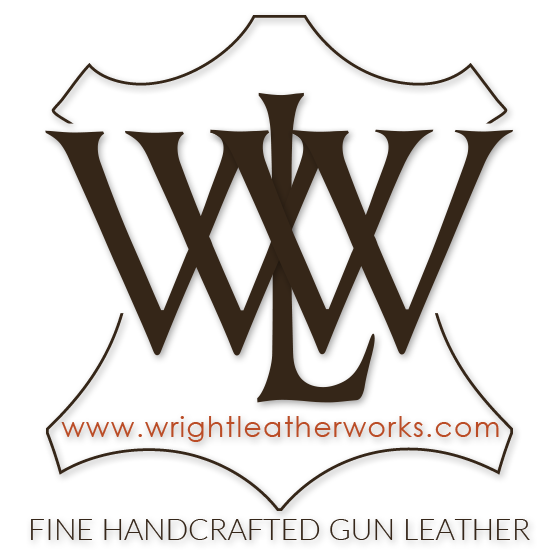
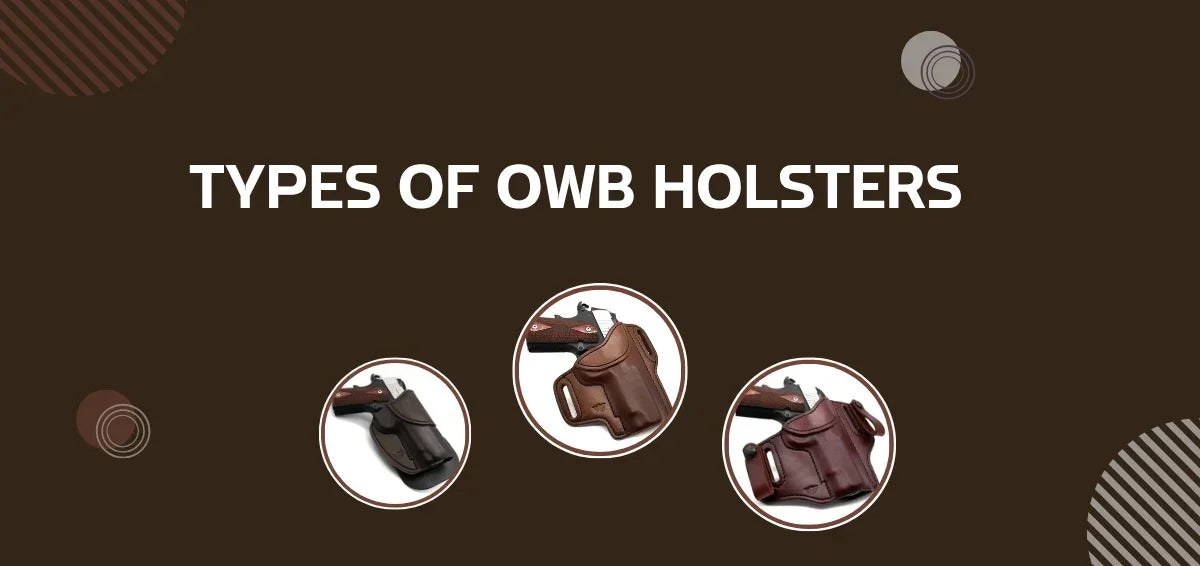
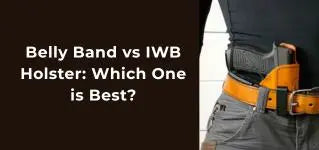
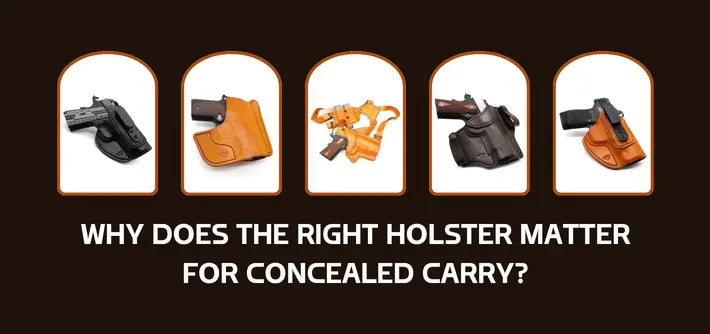
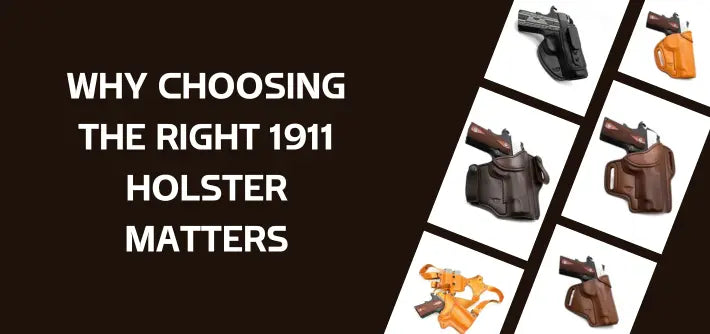
Leave a comment (all fields required)